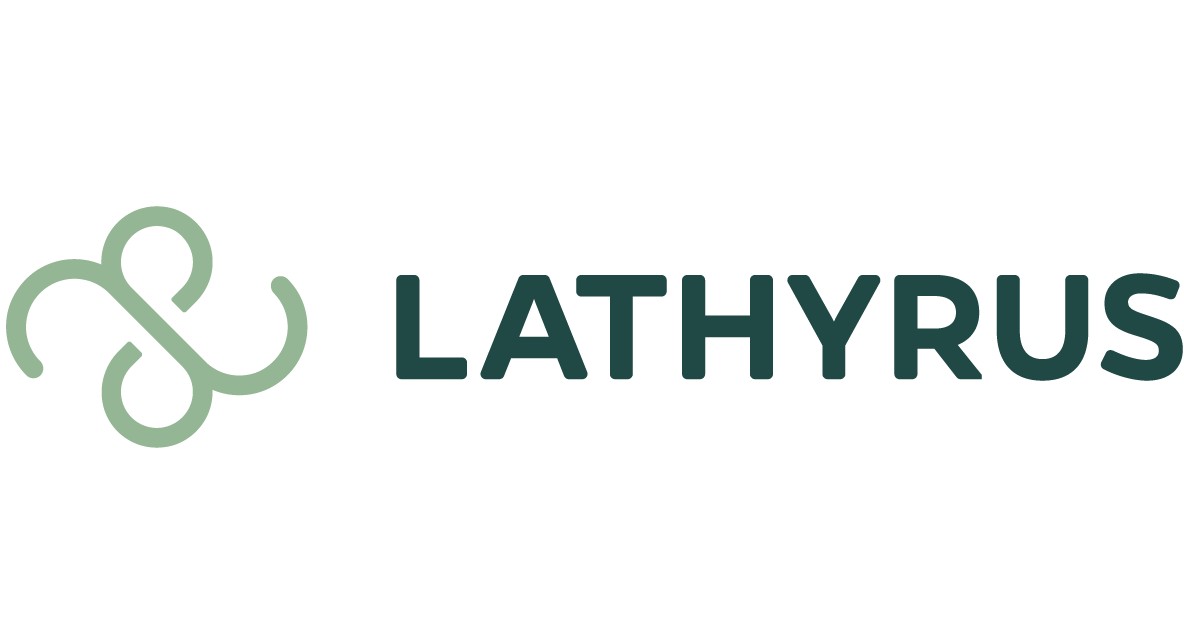Why is change so hard? What can we do to make it easier? And should we?
In 1978, systems family therapist Virginia Satir identified a process of change, developed from her years of family therapy work, that provides valuable insights into these questions; insights that complement and enhance the many business change management theories that have been developed since.
Last week, I wrote about the status quo and why we don’t change. But whether we like it or not, change happens. An event, for better or worse, eradicates our status quo. Or there’s a change we want to make, like exercising more or taking advantage of a business opportunity, but we can’t seem to get traction.
Satir describes the second stage of change as the introduction of a foreign element, and she likens it to organ transplant surgery. For the person orchestrating or navigating the change, this is a delicate operation. If the change is to be successful, the people involved need to make other changes to accommodate it — changes in beliefs, values, roles, relationships, actions, identities.
What’s difficult about change is that we often underestimate the other changes that accompany it. Exercising more isn’t just about motivating myself to go for a run in the morning. It’s about who I think I am; the other pulls on my time and energy; the values I associate with those; my relationships with other people; and how a change in my identity affects those relationships.
In 2009, Robert Kegan and Lisa Lahey picked up this theme in their book Immunity to Change. They recognized that groups, too, have identities, values, and beliefs that, if left unexplored, can create a mysterious resistance to change, even when the people involved express their desire for it.
Change may or may not happen on the outside, but in order for it to be truly successful, we have to adapt to it on the inside. We have to decide, consciously or unconsciously, how loyal we are to the status quo, who we want to be in the world, and how.
Immunity to Change: Overcoming unconscious assumptions, MindTools.
Virginia Satir, The process of change. (video, 43 minutes), 1978.
Copyright © 2023 Lynn Thorsell, All rights reserved.
Photo by Chris Montgomery on Unsplash
Why we don’t change << More Notes >> Embracing the unknown


